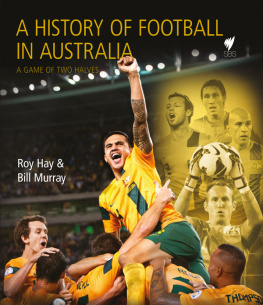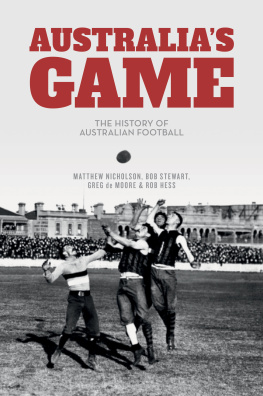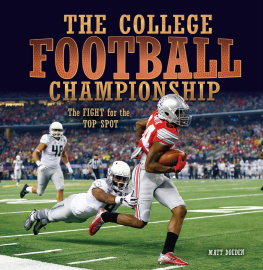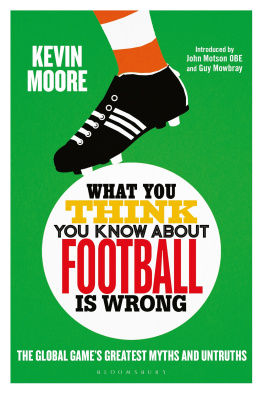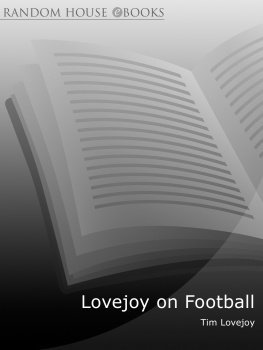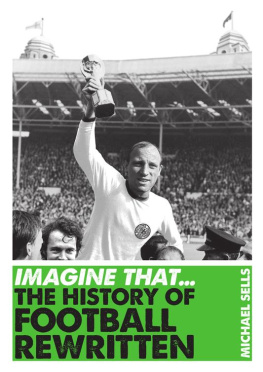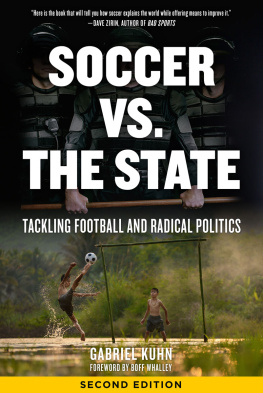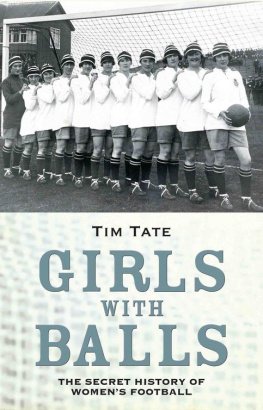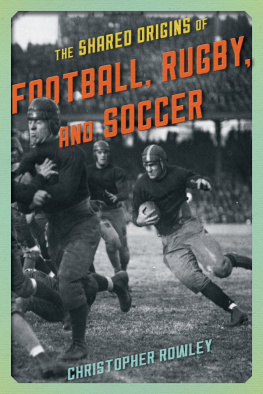
Football is the world game and is actively followed by billions of people on every continent. It is increasingly popular in Australia and yet it is a fair bet that few of its followers realise that the game has a long and rich history in this country. This book will enlighten them.
Though it is now a mainstream sport in Australia, for many years it was a migrants game and it played an important part in the settlement of many of the people who came to the country from all corners of the world. I am one of these people.
Roy Hay and Bill Murray are migrants, too, and they have been researching and writing about football almost since they arrived in the country. This outcome of their endeavours tells the story of the game from its beginnings in the mid-nineteenth century to the present day and shows how the people who played, administered and watched it throughout the country and at all levels have contributed to Australian society over many generations. It outlines the struggles the game faced over the years and describes the establishment of the first national league of any of the football codes and the transition from a state-based game to a national and international one, culminating in qualification for the World Cup by the Socceroos for the first time in 1974 and by the Matildas in 1995. In the twenty-first century football in Australia is going from strength to strength, particularly with the continuing success of the domestic competitions, the Hyundai A-League and the Westfield W-League, while the mens and womens national teams seek to continue their record of qualifying for their respective World Cups.
One of the great things about football is its ability to work at all levels and to speak to all peoples. It opens doors and builds friendships like nothing else does. In 2015 Australia will host the Asian Football Confederation Cup of Nations, the largest tournament of its kind, apart from the FIFA World Cup. We hope this tournament will build bridges between Australia and Asia and that this history of the game in Australia will play its part. I highly recommend it.

Frank Lowy AC
Chairman, Football Federation Australia
December 2013
Contents
Football has been called the worlds most important triviality and, in the countries where there are rival codes, the association version known as soccer has been called without exaggeration The Worlds Game and with historical accuracy The Peoples Game. It has also been called The Beautiful Game, an accolade it has at times lived up to, above all when played by the Brazilians who gave us O Jogo Bonito.
Like the other codes, soccer has millions of experts and an equal number of opinions and as such represents democracy at its most fundamental level. Academics entering this field do so well aware that whatever they say will be treated with proper scepticism. And of course among academics there is no absolute agreement on what is important and why soccer has developed as it has. Roy Hay and Bill Murray come to this book as enthusiastic fans and academics who have spent much of their lifeat least when their playing days were overtrying to give sport, and football in particular, the importance it deserves as a historical force. Hay has had football in his genes since his grandfather played in the worlds best half-back line in the first decade of the twentieth centurywhen Scotland ruled the yet-to-be world game and Celtic with captain Jimmy Hay was the best team in Scotland. Murray first played the game in the streets of Glasgow before moving to the greener fields of South Australia, then a couple of years in the Australia Capital Territory before ending his anonymous football career playing for La Trobe University in Victoria, as Hay did, equally anonymously, for Deakin University.
Having delved into such esoteric subjects as the economic history of Great Britain and the struggles of the French Revolution, they then moved into what was the new field of sports history. Hay has taken part in nearly every aspect of soccer in Victoria and Australia as coach, manager, referee, fund-raiser, publicist, journalist and administrator. He has published a string of academic articles and several reports on the game and runs a website for Sports and Editorial Services Australia. Murray, following an attempt to explain the combination of religion and society that is at the basis of the worlds most fiercely contested local derby, The Old Firm of Rangers and Celtic, moved on to two books exploring how and why soccer became the worlds most popular sport. In doing so he found that he was writing a history that was a microcosm of the game he had played in Australia.
This book is an argument about football in Australia since the middle of the nineteenth century. Though it has been a long time in the making, it has no claim to be a complete or the ultimate history of the game. History moves on and each generation creates its own history and rewrites its past. It is as accurate as to factual matters as we can make it, though it will have errors that have escaped our checking. It has many stories of players and games, but these are just examples of the rich fabric of the game, and readers will have their own favourites they would have preferred to see included here. It gives space to some aspects of the game that have been relatively neglected in other works, but it has very little to say on some othersindoor soccer (futsal and other forms), street soccer and homeless world cups, for example and, especially, junior soccer at state and local level. It does offer an introduction to the history of the womens game, but this is another area where a great deal more research is required.
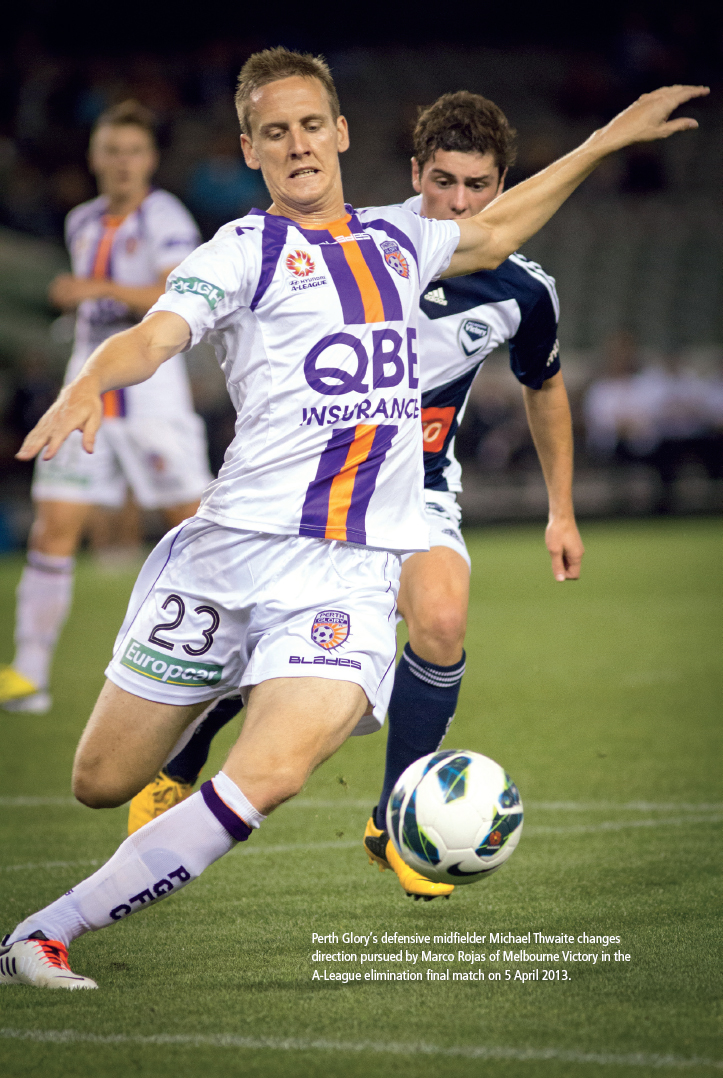
We have tried to reflect as much as we can the game as it was organised in the colonies and the states from the early days through to the 1970s. Until the late 1950s the game was strongest in New South Wales and Queensland, but we have endeavoured to emphasise the role of the game in the other states as part of our argument that soccer has been the only football code with a genuinely national reach; indeed, for most of its history it has been the second most important football code in every state. From then to the present, as the emphasis and attention has switched to the national and international levels so has our treatment. The more recent story of the game at state and local level, therefore, remains to be told, though we hope we may have provided a context in which that can be done. We have drawn on the published work of many local, amateur and academic historians of the game, but the more we learn about football in Australia, the more we appreciate what we still do not know.
The book reflects our common belief that you can write for anyone who is interested in a subject. So while it has, we hope, enough reference material for the reader to follow our tracks and correct our errors, it can also be read as a story without delving into that apparatus.
Our subtitle reflects another argument the two authors have had since they first met in 1977. Though we share a common love of the game and a developing interest in trying to explain its history, we argue and debate what it means on every occasion we meet. In this book Bill Murray has taken the lead in writing the first half through to the big split of 1957, and Roy Hay has done the same for the second half, but it is in more than that sense, that the book reflects that this is a game of two halves. We agree on much of the underlying role of the game in Australian society but differ on the significance and the interpretation of many aspects of that story. For example, a major point of difference between us is the relative importance of the governance structure of the game versus the often-cited negative aspects of ethnicity in explaining the problems that plagued the game throughout much of its postwar history. We hope we have provided enough evidence and argument for readers to make up their own minds on this issue. We agree that the migrant contribution has been overwhelmingly positive. Going back to the origins of football in Australia, we differ on how we should interpret the significance of the many games that were taking place here before the writing of sets of rules in the late 1850s and 1860s and the start of cup and league competitions in the next two decades. We have different takes on the extent and causes of violence in the sport and the treatment of referees. Nevertheless, we are at one in the belief that you cannot understand the history of Australia without coming to terms with the place of its sports in that story, and the undervalued contribution of football.

